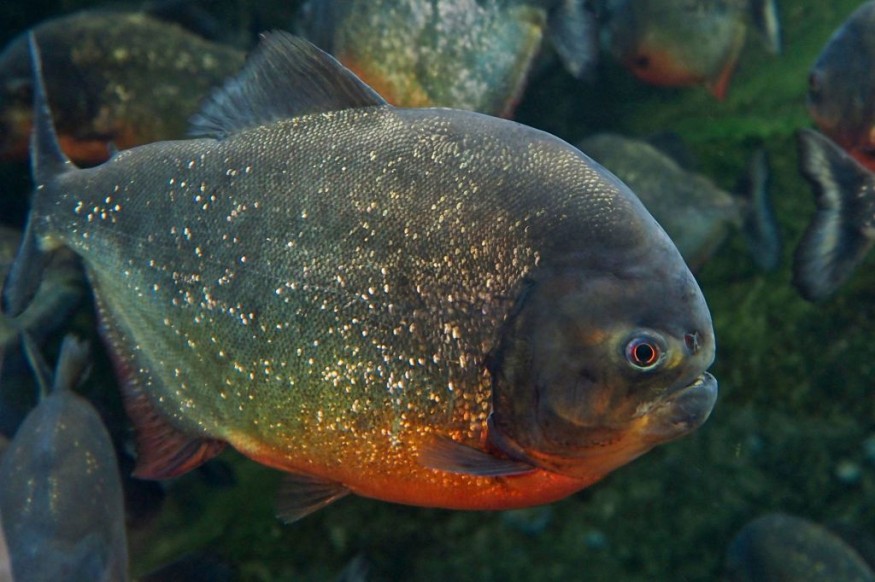
A piranha-like fish that could be observing a plant-based diet was discovered in the Amazon River.
Piranha, Pacu Families
In a recent study, it was said that the species diversity and phylogenetic relationships within the piranha and pacu family Serrasalmidae has become better understood because the geographic sampling on the matter has increased.
Aside from that, more powerful phylogenomic analyses are also performed and taxonomic efforts are expedited.
Researchers performed a genetic analysis of the M. schomburgkii population, which later disclosed that it was actually made up of three distinct species, such as M. schomburgkii, M. sauron and M. aylans.
After closely examining the said species, the marine experts were able to notice the nearly imperceptible physiological differences between the three species. These include the number of vertebrae and dorsal fin rays and even the shape of the anal fins of the females of this species.
Scientists said that the Myloplus, the third most species-rich genus within Serrasalmidae, comprises the colloquially known pacus.
At present, it was represented by 12 valid species, which were widely distributed in South America.
The genus has been traditionally diagnosed by tooth arrangement because of the presence of a gap between the labial and lingual premaxillary rows of teeth and this also includes the lack of contact between contralateral labial tooth rows at the symphysis.
Dr Rupert Collins, the Natural History Museum's Senior Curator of Fishes, is among the experts who had helped to describe the species.
Rupert said that the pattern of the species looks a lot like the Eye of Sauron, especially with the orange patches on its body. He noted that with so much undescribed biodiversity in the Amazon and surrounding rivers, the name of the species is also a good reminder to keep an eye out for undescribed species in South America.
Following its description, Myloplus sauron has also joined a selected club of animals named after the literary villain, including a dinosaur, a frog, and a group of butterflies.
Not Meat Eaters
Scientists said that piranhas do not really deserve their reputation as a bloodthirsty fish.
They said that many species commonly called piranhas are not meat-eaters at all. While they might look like piranhas, the closely related pacu fish lack the sharp teeth that is often needed to eat meat.
The said species instead consume plants and even fruits.
However, despite the similarities found among the three pacu species in the latest study, experts remain unsure how closely related the three fish are.
Researchers said they could have all descended from a recent single ancestor; but it is also possible that they are distantly related and all evolved to look the same.
If ever, this characteristic gave them the best chance of survival in their environment, and that phenomenon is known as convergent evolution.
For now, experts have left them in the Myloplus genus, but they said that these species could be moved in the future.
Related Article : Piranha Sightings Reported on the Rivers of North Texas
© 2025 NatureWorldNews.com All rights reserved. Do not reproduce without permission.





